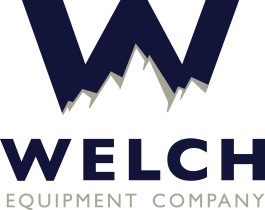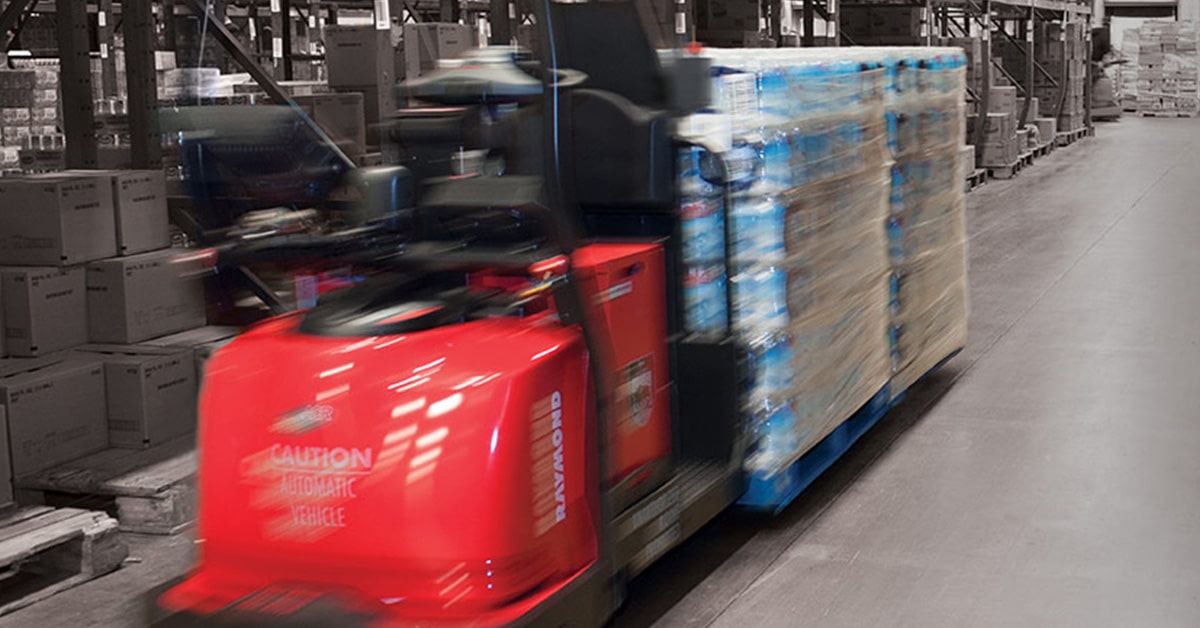Frequently referred to as automatic guided vehicles or self-guided vehicles, automated guided vehicles (AGVs) are material handling systems or goods transporters that move autonomously across the floors of a warehouse, DC, or production facility without an onboard worker.
What are Automated Guided Vehicles Used For?
Common AGV applications include retrieval and storage in warehouses and DCs, usually in support of order picking. They are similarly used for transportation of basic materials, work-in-process, and finished goods in factories.
What are some of the primary benefits of Self Guided Vehicles?
1. Reduced Labor Costs: AGVs can significantly minimize labor costs. A one time expenditure can remove the ongoing costs of salaries, taxes, and benefits associated with a full time employee.
2. Increased Safety: modern AGVs utilize advanced cameras, lasers, or other sensing units that permit them to “see” and respond to their environment very quickly. Humans can often get fatigued or distracted, whereas self guided vehicles do not. AGVs can also be used in severe environments or around hazardous materials where personal security is jeopardized.
3. Increased Productivity & Accuracy: AGVs can work around the clock, never requiring breaks or getting fatigued. They can make repeated treks across a large building quickly. They also do not make the types of mistakes that human workers are prone to making.
4. Modularity: most AGV systems can be introduced gradually, replacing a few jobs incrementally without a huge expenditure in advance. As automation needs accelerate, more AGVs can quickly be added to the facility.
How do AGVs work?
AGVs are routed by a combination of sensor-based management systems and bundled software. They can navigate securely through a warehouse or production facility by using obstacle detection bumpers and following carefully vetted paths, while using precisely managed acceleration and deceleration.
AGV navigation is usually managed by one of these types of systems:
- Vision guidance: cameras capture the AGV’s surroundings, and the vehicles utilize these cataloged images to navigate. Vision guidance is standalone, and as a result, no modification is required to a production facility or warehouse infrastructure for this type of navigation.
- Laser target navigation: with laser based equipment, reflective tape is attached to pallet racks, walls, poles and other stationary items. AGVs utilize laser transmitters to bounce laser beams off of these reflectors and and then utilize the proximity and angle of objects to maneuver.
- LiDAR: LiDAR systems send laser pulses to determine the distance between the AGV and articles in its vicinity. This information is used to develop a 360-degree map of the setting. Like vision guidance, no modification of a building is needed.
- Inertial navigation: transponders embedded into a building’s flooring guide AGVs along a defined track.
- Wired navigation: these systems utilize wire pathways embedded into a warehouse or factory flooring. The wire transmits a signal that an AGV detects through a sensor or antenna system.
- Magnetic guide tape: this style of AGV uses magnetic sensing units and conforms to a course defined by magnetic tape.
What are the various types of Autonomous Guided Vehicles?
There are several types of automated guided vehicles. Lots of AGVs resemble other human-operated vehicles yet are developed to maneuver without continuous human supervision or guidance.
- Forklift AGVs: forklift automated guided vehicles are a frequently used type of AGV in warehouses. They’re engineered to transfer pallets without the need for a human worker.
- Automated Guided Carts: an automatic guided cart is probably the most fundamental type of AGV. They can transport all types of materials, from pallets to small items. AGCs are often used in storage, picking, and cross-docking applications.
- Tugger AGVs: towing, or “tugger” AGVs tug non-powered, payload-carrying carts trailing them in a train-like arrangement. These types of automated guided vehicles are frequently used for transporting heavy loads over long spans. Many times they are programmed to make numerous dropoffs and pickups along their course.
- Unit Load Handlers: unit load handlers transport singular loads like specific articles, or a discrete pallet or tote.
- Heavy Burden Carriers: these are used for exceedingly heavy weights like castings, coils or plates.
Denver Automated Guided Vehicle Supplier
If you’d like a full analysis of AGV options for your Colorado warehouse, DC or manufacturing facility, you can speak with an expert at Welch Equipment by calling (303) 393-8181.
Welch Equipment Company
5025 Nome St
Denver, CO 80239
(303) 393-8181
Serving Arvada, Aurora, Boulder, Brighton, Broomfield, Castle Rock, Centennial, Columbine , Commerce City, Denver, Englewood, Federal Heights, Golden, Greenwood Village, Highlands Ranch, Lafayette, Lakewood, Littleton, Longmont, Louisville, Northglenn, Parker, Superior, Thornton, Westminster, Wheat Ridge



